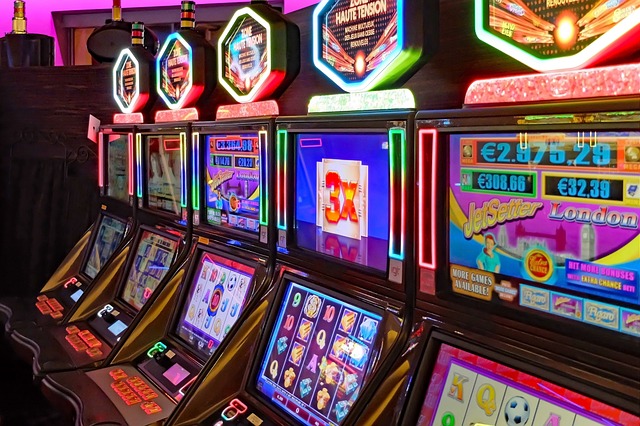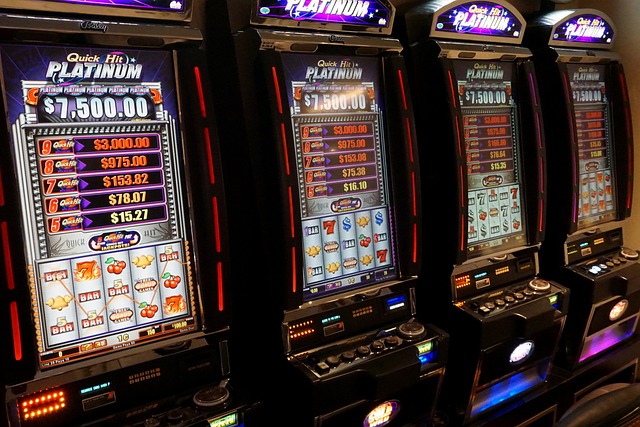Slot machines have evolved dramatically over the decades, moving from simple mechanical devices to feature-rich digital experiences. While the core objective remains the same —spin the reels and match symbols for a payout— the design, mechanics, and player experience vary significantly between classic and modern slots. Understanding these differences can help players choose the games that best suit their preferences and strategies.
Key Features of Classic Slots
Classic slots, often called “one-armed bandits,” are inspired by the original mechanical machines from the early 20th century. They typically have three reels and a limited number of paylines, usually one to five. Gameplay is straightforward: match identical symbols on a payline to win.
The appeal of classic slots lies in their simplicity. Players don’t need to learn complex bonus rounds or special symbols; the focus is purely on the reels and basic payouts. Popular symbols include fruits, bars, and sevens, evoking nostalgia and a retro aesthetic that many players find appealing.
| Feature | Classic Slots |
|---|---|
| Reels | 3 |
| Paylines | 1–5 |
| Bonus Features | Rare or minimal |
| Graphics & Sound | Simple, retro |
| Gameplay Style | Straightforward, fast |
Classic slots are ideal for players who enjoy quick, uncomplicated gaming sessions without distractions from bonus mechanics or themed narratives.
Key Features of Modern Slots

Modern slots are digital creations designed for online and video platforms, offering advanced graphics, sound, and interactivity. They often have five or more reels and multiple paylines, sometimes hundreds, with complex structures that include wild symbols, scatters, multipliers, and bonus rounds.
These games aim to provide immersive experiences, often themed around movies, mythology, or pop culture. Bonus features like free spins, pick-and-click games, or progressive jackpots enhance engagement and increase potential payouts. The combination of visual storytelling and interactive elements makes modern slots more like video games than traditional gambling machines.
| Feature | Modern Slots |
|---|---|
| Reels | 5 or more |
| Paylines | Multiple, often 20–100+ |
| Bonus Features | Extensive |
| Graphics & Sound | High-quality, cinematic |
| Gameplay Style | Interactive, narrative-driven |
Modern slots appeal to players seeking more variety and excitement. The complexity of the game often comes with higher volatility, meaning wins can be less frequent but potentially larger.
How Gameplay Differs
The fundamental difference between classic and modern slots is player engagement. Classic slots are predictable and consistent, with fast spins and regular small payouts, which can appeal to casual gamblers or those who enjoy a nostalgic experience. Modern slots, however, provide layered experiences with storytelling, mini-games, and evolving visuals, creating longer sessions and deeper immersion.
Another difference is risk and reward dynamics. Classic slots generally have lower volatility, producing steady but modest wins. Modern slots often feature higher volatility and progressive jackpots, which can result in infrequent but substantial payouts. Players must decide whether they prefer steady gameplay or the excitement of chasing big prizes.
Choosing Between Classic and Modern Slots

When deciding which type of slot to play, consider the following factors:
- Experience Preference: Simple and fast vs. immersive and interactive.
- Volatility Tolerance: Steady, smaller wins vs. riskier, high-reward potential.
- Aesthetic Appeal: Nostalgic symbols vs. cinematic themes.
- Bonus Engagement: Minimal features vs. layered bonus mechanics.
Some players even mix both types in their sessions, alternating between classic slots for quick entertainment and modern slots when seeking high excitement and potential jackpots.
Conclusion
Classic and modern slots offer distinct gaming experiences tailored to different player preferences. While classic slots focus on simplicity, nostalgia, and straightforward payouts, modern slots emphasize immersion, interactivity, and complex bonus features. Understanding these differences allows players to choose games that match their playstyle, risk tolerance, and entertainment goals.
